7 Surprising Reasons to Visit Lut Desert (2025) [World’s Hottest Spot]
Have you ever questioned yourself how it would feel like to be in the hottest place on Earth?
The Lut Desert in Iran, also known as Dasht-e Lut, isn’t just a sea of sand—it’s an awe-inspiring natural wonder that once recorded a scorching 70.7°C (159.3°F) surface temperature. This blistering record has earned it the title of the hottest place in the world. Yet despite its extreme heat, the Lut Desert has been captivating scientists, photographers, and adventure travelers alike.
But why would anyone want to visit such a harsh environment? Well, the answer might surprise you.
Let’s explore this extraordinary landscape and uncover the 7 reasons why the Lut Desert should absolutely be on your 2025 travel bucket list.
1. Record-Breaking Temperatures that Shock the World
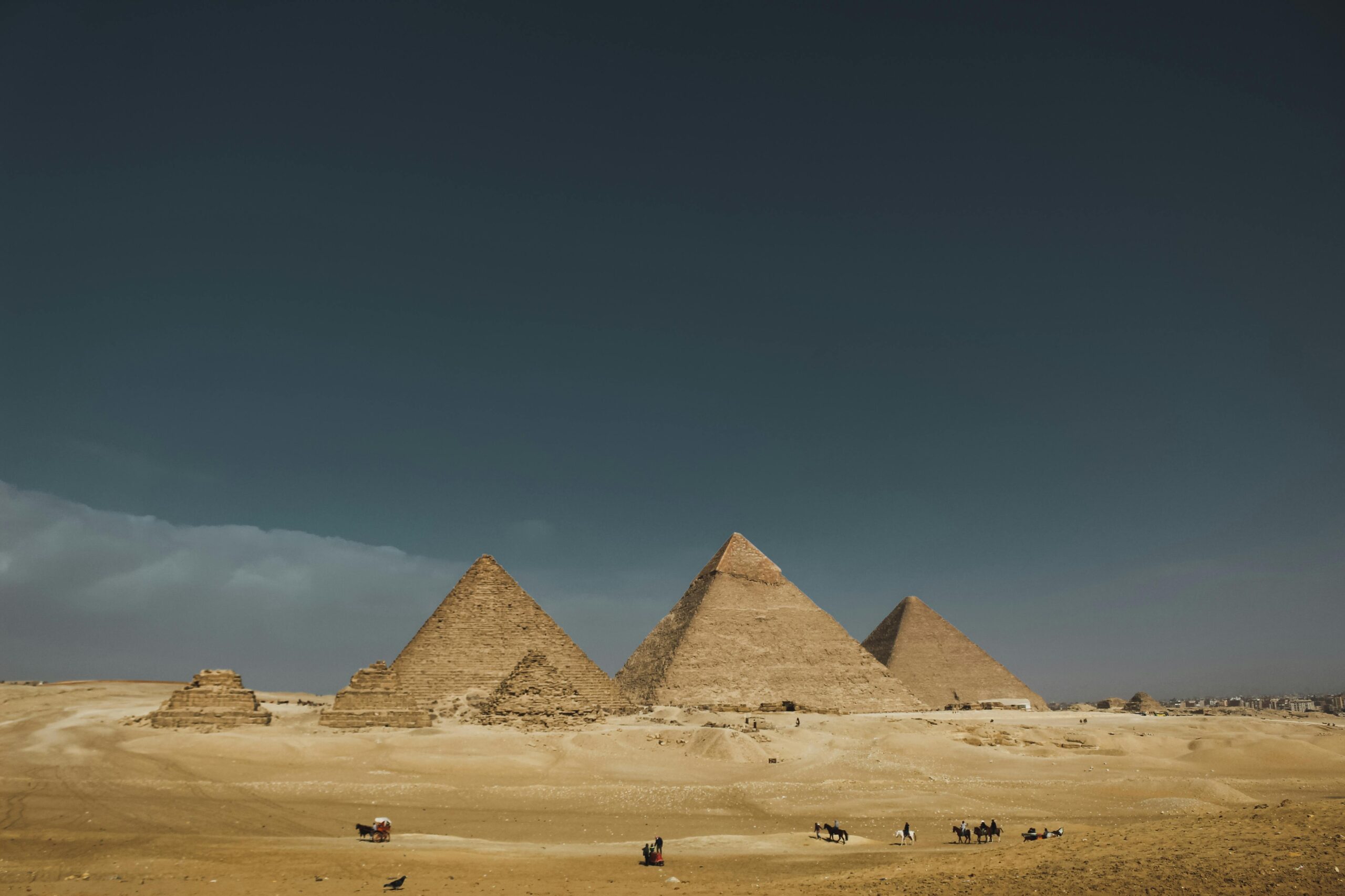
2. A Photographer’s Dream: Otherworldly Landscapes
The hottest ground quantity of the earth on Lut Desert measured by NASA Modis satellite was observed to be 70.7 C (159.3 F) in 2005. This wasn’t just a one-time reading. For seven years straight, this desert recorded the planet’s highest surface temperatures.
However, it’s important to note that while these readings represent surface heat (not air temperature), they still showcase just how intense and powerful the sun’s radiation can be here.
Despite this fiery reputation, many tourists now flock to Lut during the cooler months between November and March, when daytime temperatures drop to a more manageable level—perfect for exploration.
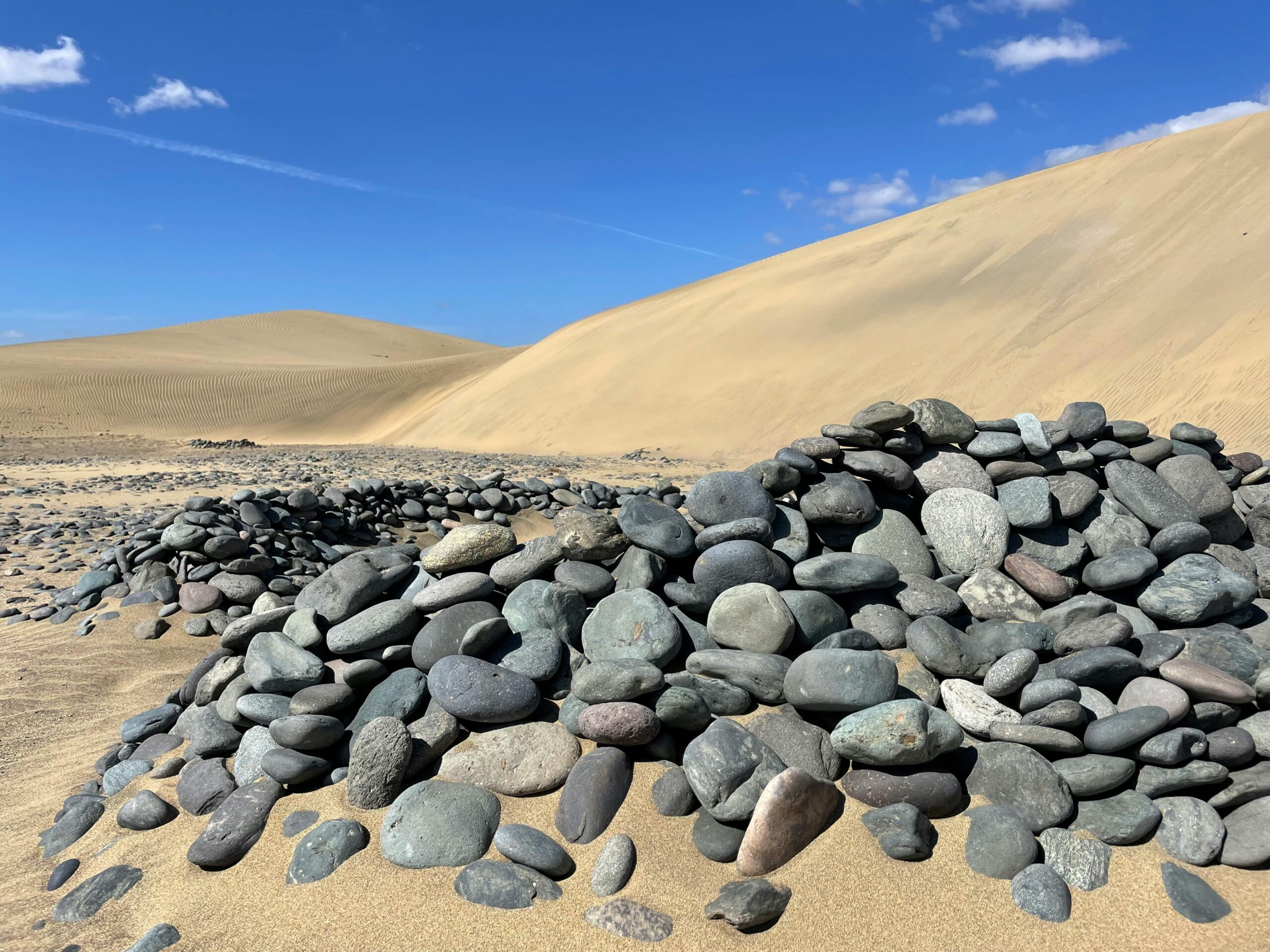
Looking for something truly out of this world?
The Lut Desert offers mind-blowing scenery that looks like it belongs on Mars. From its towering yardangs—giant ridged rock formations carved by wind over centuries—to vast salt plains and black volcanic fields, the scenery shifts dramatically with every few kilometers.
These unique textures, colors, and formations provide endless opportunities for incredible desert photography. Golden sunsets casting shadows over the sand dunes and the crisp, clear night skies packed with stars make the Lut a magical canvas for your camera.
3. Adventure Activities in a Wild, Untouched Terrain
Adventure seekers—this is your playground.
Although not as well-known as the Sahara or Atacama, the Lut Desert is starting to gain popularity for desert trekking, off-road driving, and guided camping expeditions. Jeep tours across the dunes, sandboarding on untouched hills, and multi-day treks offer thrill and solitude that’s hard to find elsewhere.
Professional guides ensure that you travel safely, usually using GPS and traditional desert survival techniques. These tours are best booked in winter or early spring, when temperatures are much cooler.
4. UNESCO World Heritage Recognition
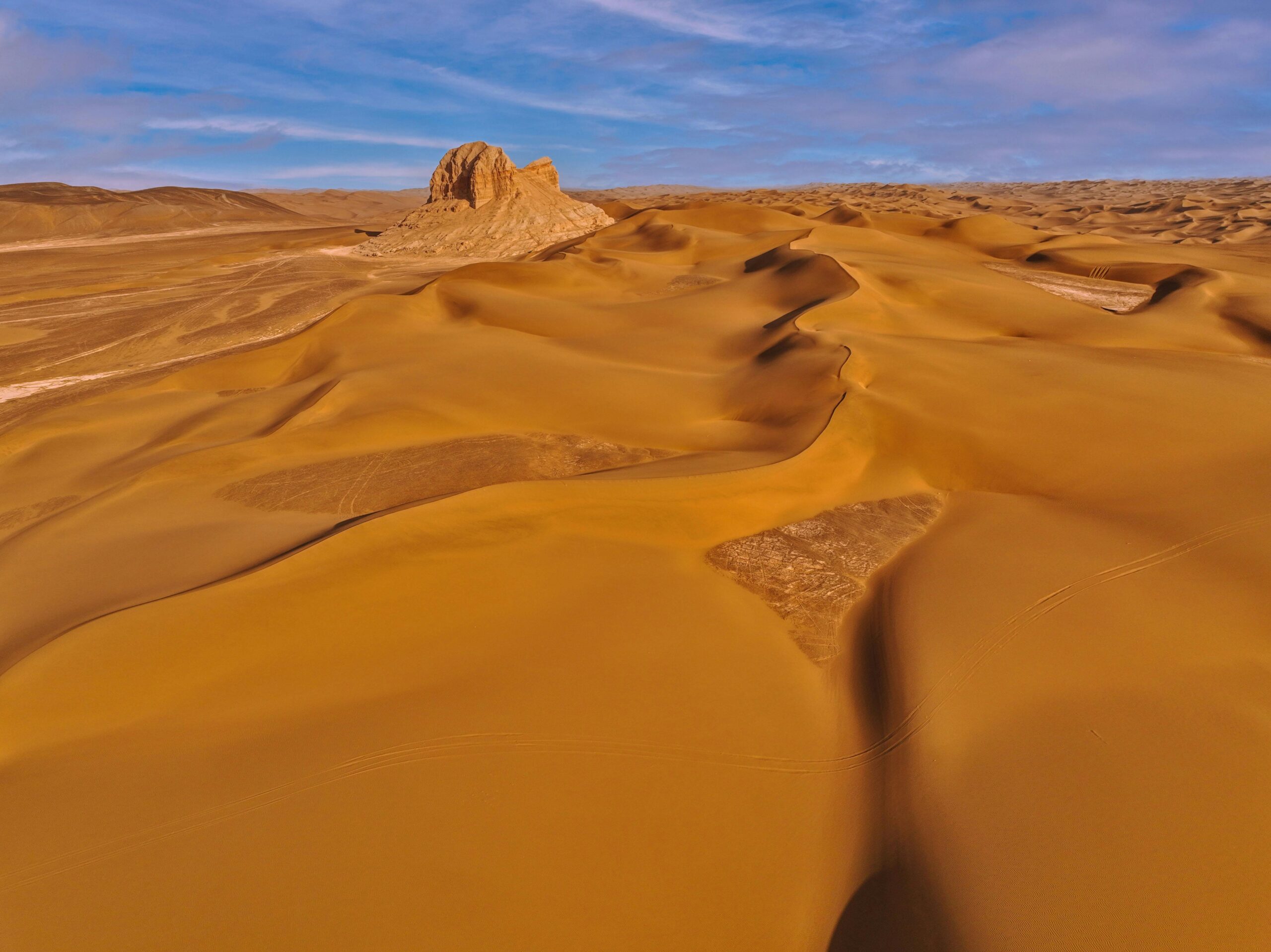
The Lut Desert acquired the status of a UNESCO World Heritage Site in 2016 and was finally acknowledged in terms of its geological importance and uniqueness of natural features. This distinction brought global attention to its stunning natural beauty and scientific importance.
The desert’s wind-carved yardangs, salt domes, and rocky outcrops have made it a treasure for both geologists and curious travelers who crave something beyond ordinary destinations.
Being part of the UNESCO list means the site is protected, with increasing tourism infrastructure to ensure sustainable travel experiences for visitors in the coming years.
5. Stargazing in One of the Clearest Skies on Earth
Imagine lying on a warm desert floor, far from city lights, with the Milky Way stretching over you like a glowing ribbon.
Due to its remote location, high elevation, and minimal light pollution, Lut Desert offers some of the best stargazing opportunities in the Middle East. Amateur astronomers and night photographers frequently travel here to capture crystal-clear images of constellations, planets, and meteor showers.
Many tour operators now offer overnight desert camping packages, where guests can enjoy Persian tea by the fire and sleep under the stars in total silence—an experience you’ll never forget.
6. Cultural Insights and Local Hospitality
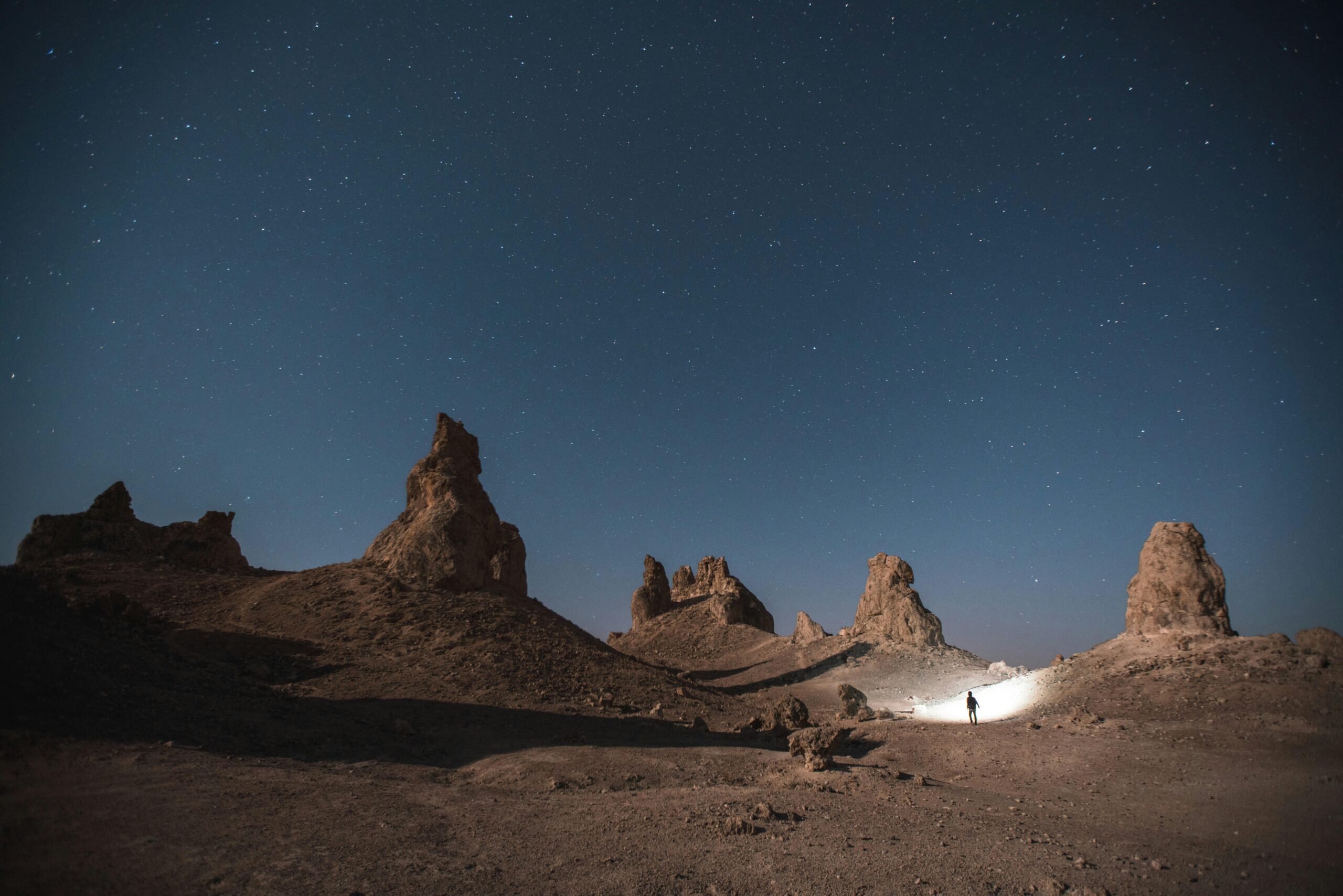
While the desert itself appears empty, the surrounding Kerman province is filled with rich Persian culture, local communities, and warm hospitality. Villages like Shahdad, located near the Lut Desert, serve as gateways into this natural wonder.
These communities offer traditional Iranian meals, homemade crafts, and lodging in eco-friendly guesthouses. Travelers often describe the hospitality as one of the most memorable parts of their journey.
Plus, visiting these towns supports local economies and promotes responsible tourism in one of the world’s harshest yet most beautiful ecosystems.
7. Scientific Mysteries and Earth’s Extreme Lab
The Lut Desert isn’t just for tourists—it’s a hotspot for scientists.
Geologists, meteorologists, and even astrobiologists visit Lut regularly to study its conditions, which are similar to those found on Mars or Mercury. Some of the Earth’s driest and most heat-resistant microorganisms have been discovered in this desert, leading researchers to call it “Earth’s Natural Lab.”
By exploring Lut, travelers get a chance to walk in the footsteps of researchers and witness firsthand what makes this environment so unique in our solar system.
Best Time to Visit the Lut Desert
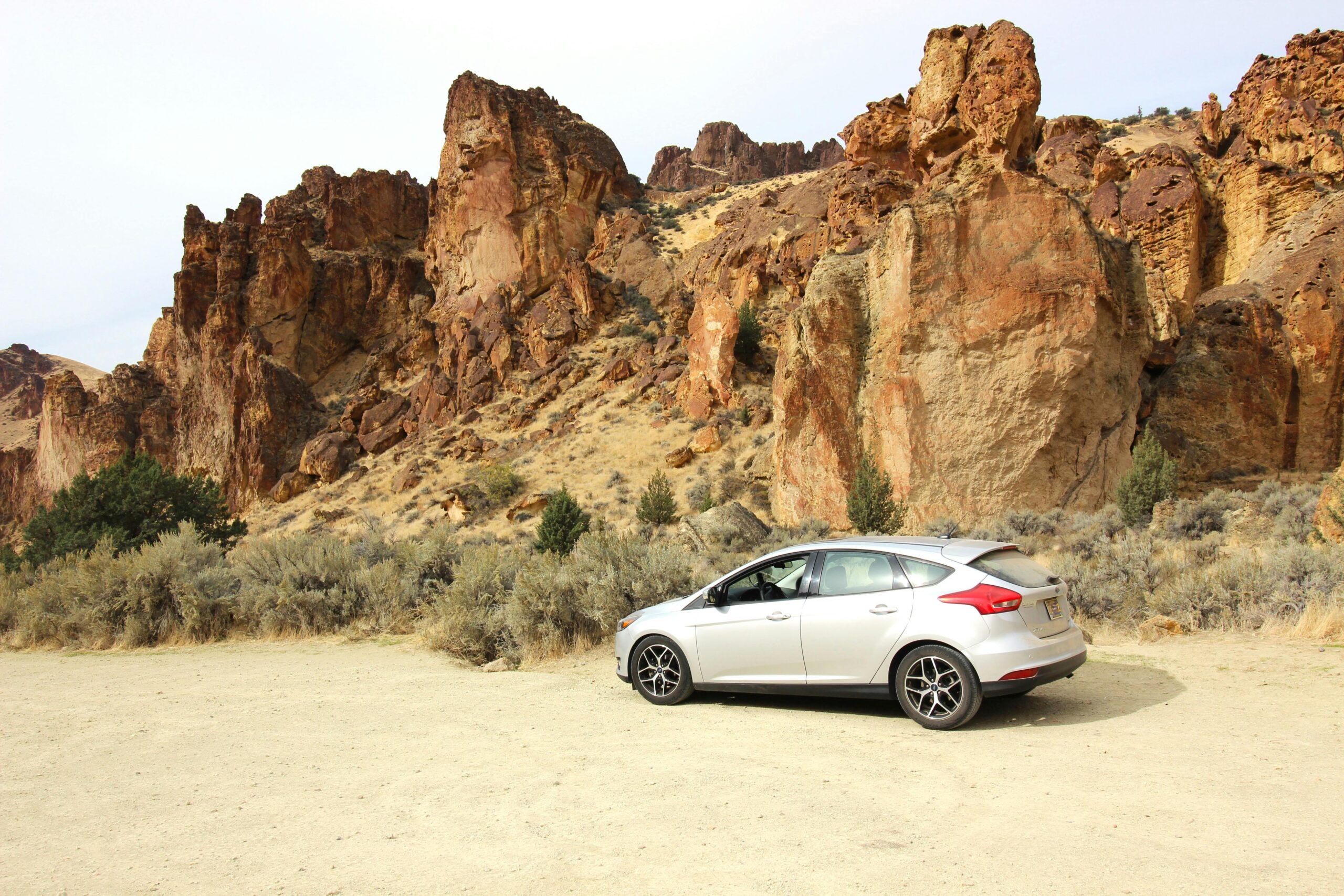
The Lut Desert is a legend in terms of excessive heat although it is advised that tourists can comfortably visit the desert during the months between November and March. During these months:
Daytime temperatures hover around 20–25°C
Nights are cool and refreshing
Clear skies make for perfect photography and stargazing
Avoid visiting in summer, when the heat becomes dangerously intense, even for locals.
How to Get There
Closest Major City: Kerman, Iran
Travel trips: Fly in to Kerman international airport either at Tehran or Shiraz. From Kerman, it’s about a 2.5-hour drive to Shahdad, which is the main access point to the Lut Desert.
Transportation Options:
Guided 4×4 desert tours
Private drivers or taxis from Kerman
Bike treks (for extreme adventurers)
Most travelers opt for organized tours due to safety concerns and lack of marked roads in the desert.
Essential Packing List for Your Desert Trip
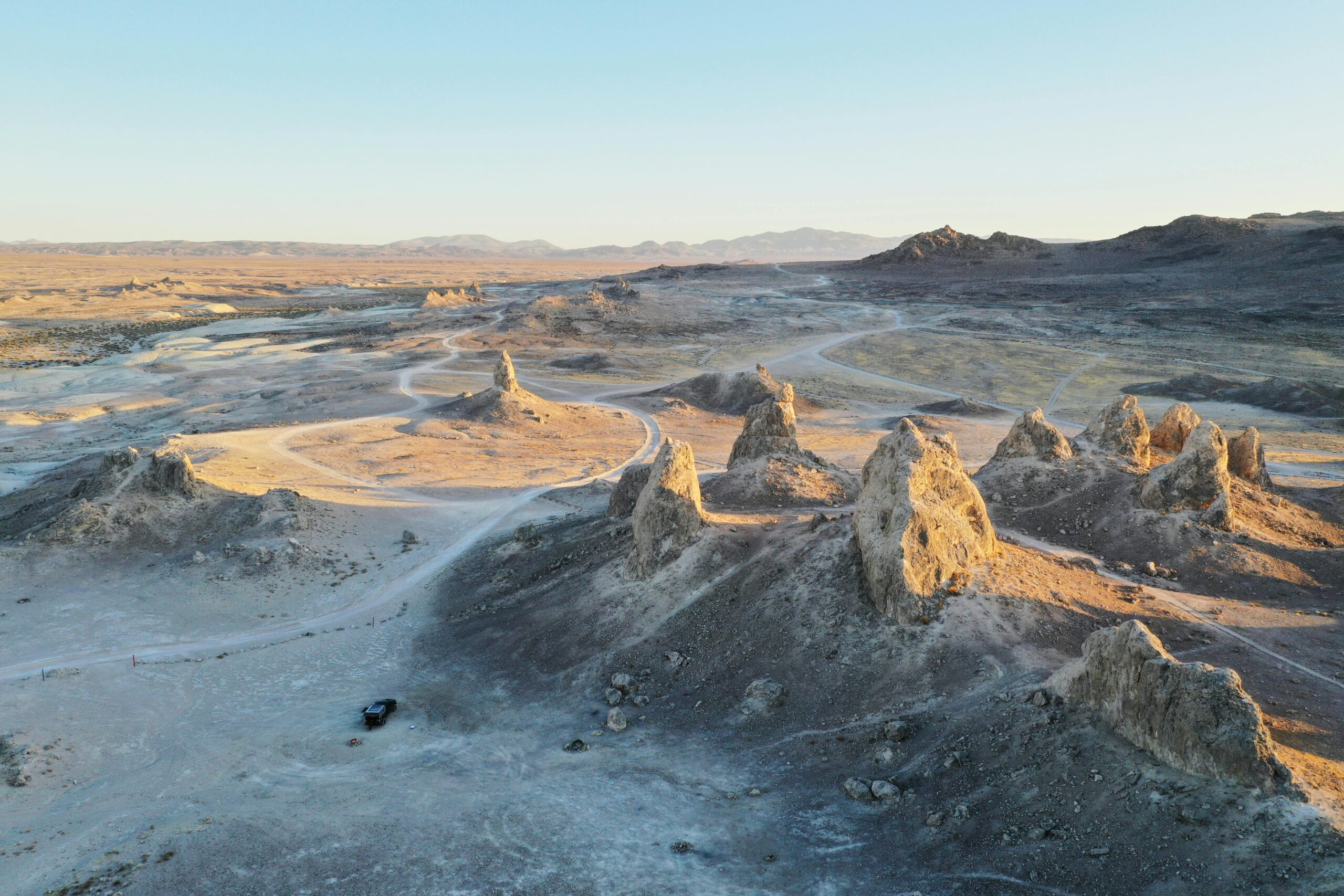
Packing smart is key to a safe and enjoyable trip. Here’s what you’ll need:
- Breathable long-sleeve clothing
- Sturdy hiking boots or desert shoes
- Sunglasses and wide-brimmed hat
- High-SPF sunscreen and lip balm
- Hydration backpack or water bottles
- Energy snacks and electrolytes
- Compact first aid kit
- Flashlight or headlamp for night use
- Camera with extra batteries
Don’t forget to also bring light layers for cooler nights and a journal—you’ll want to remember every detail of this unforgettable trip.
Safety Tips When Visiting the Lut Desert
Although visiting the Lut Desert is exciting, safety must be your top priority:
- Never travel alone—always book a certified local guide.
- Avoid traveling in summer.
- Bring double the water you think you’ll need.
- Bring a GSM tracker or a satellite telephone cell service is weak.
- Inform someone about your travel plans before heading out.
Being cautious doesn’t take away from the fun. In fact, it ensures that your Lut adventure is as smooth and memorable as possible.
Why Visit the Lut Desert in 2025?

The Lut Desert offers something that very few places on Earth can match—the chance to visit the hottest, most surreal landscape on the planet. It’s a bold, off-the-beaten-path destination perfect for explorers, photographers, nature lovers, and anyone with a curiosity for the world’s extreme wonders.
As tourism in Iran gradually opens up and infrastructure improves, 2025 is the perfect time to discover this UNESCO-listed gem before it becomes a mainstream destination.
So pack your hat, lace up your boots, and head for the Lut Desert—because life’s most unforgettable journeys often begin where the road ends.
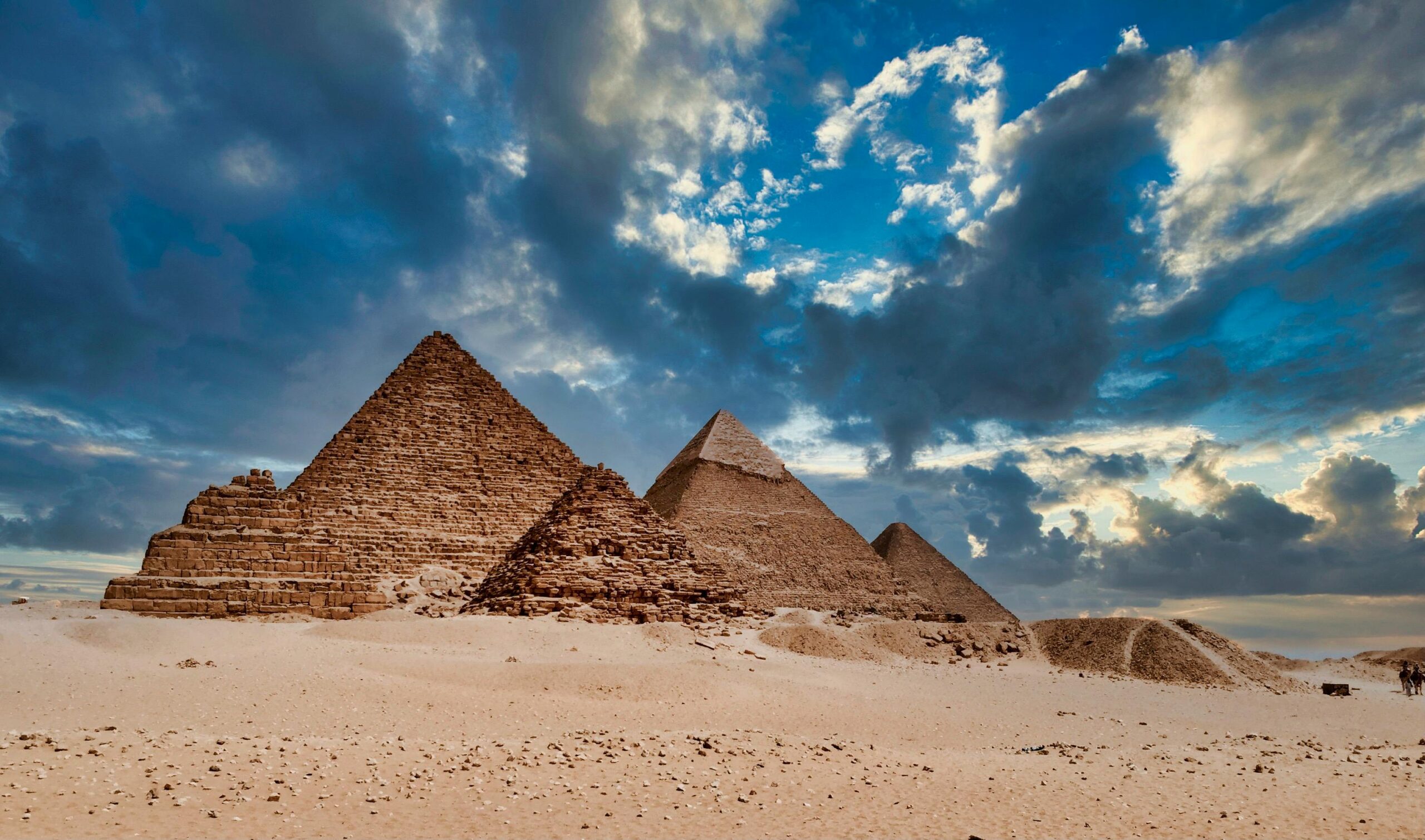
![[2025] 15 Must-Visit Places in Connecticut (Top Picks!)](https://arzehind.com/wp-content/uploads/2025/08/pexels-mikhail-nilov-9400908-870x570.jpg)
![[2025] 9 Best Times to Visit Colorado (Seasonal Travel Guide!)](https://arzehind.com/wp-content/uploads/2025/08/pexels-febe-vanermen-180443766-11212406-870x570.jpg)
![[2025] 15 Best Reasons to Visit California (Top Guide!)](https://arzehind.com/wp-content/uploads/2025/08/pexels-pixabay-208745-870x570.jpg)
![[2025] 15 Best Places to Visit Arkansas (Top Picks!)](https://arzehind.com/wp-content/uploads/2025/08/pexels-james-lee-932763-9272435-870x570.jpg)

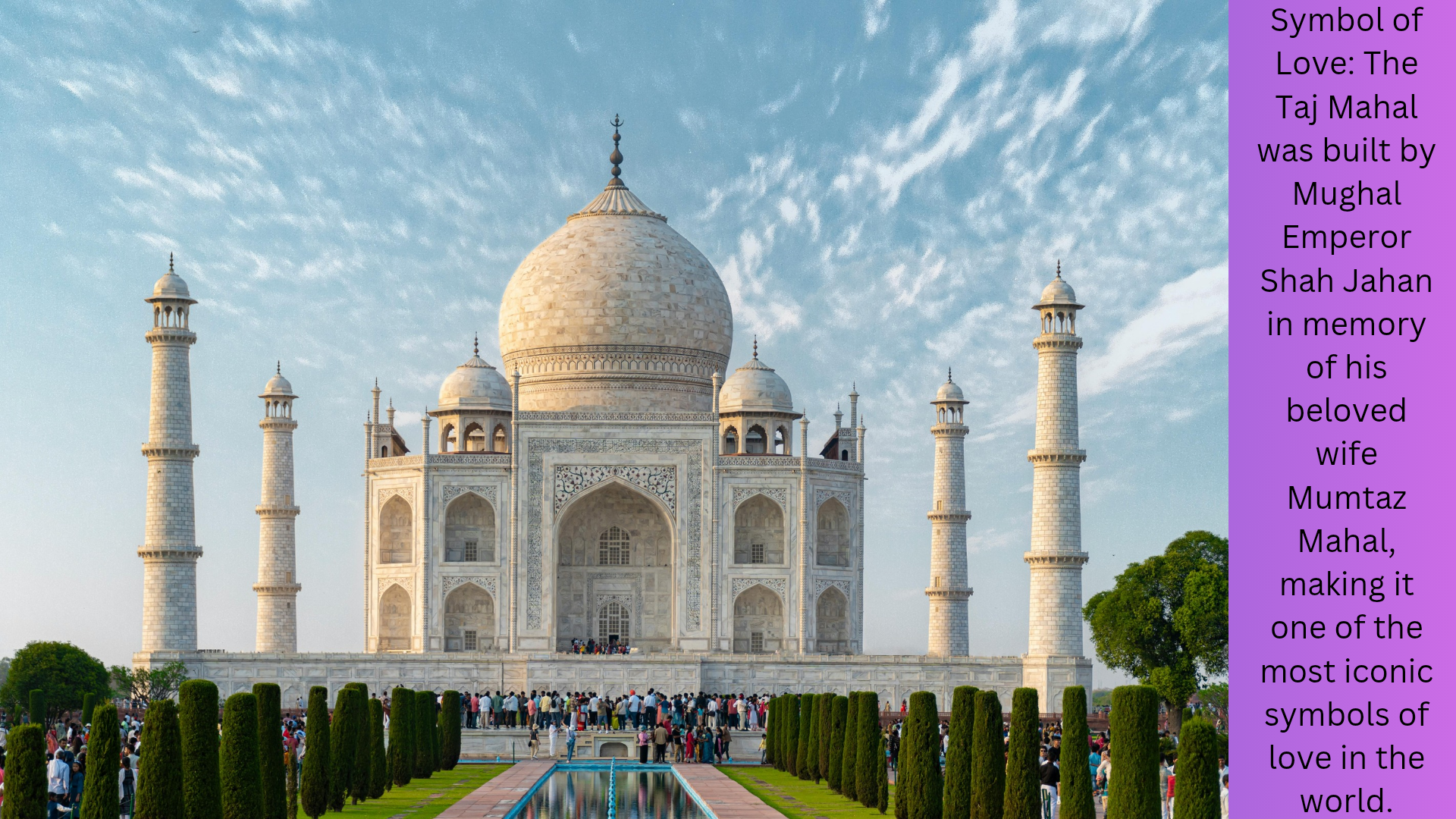
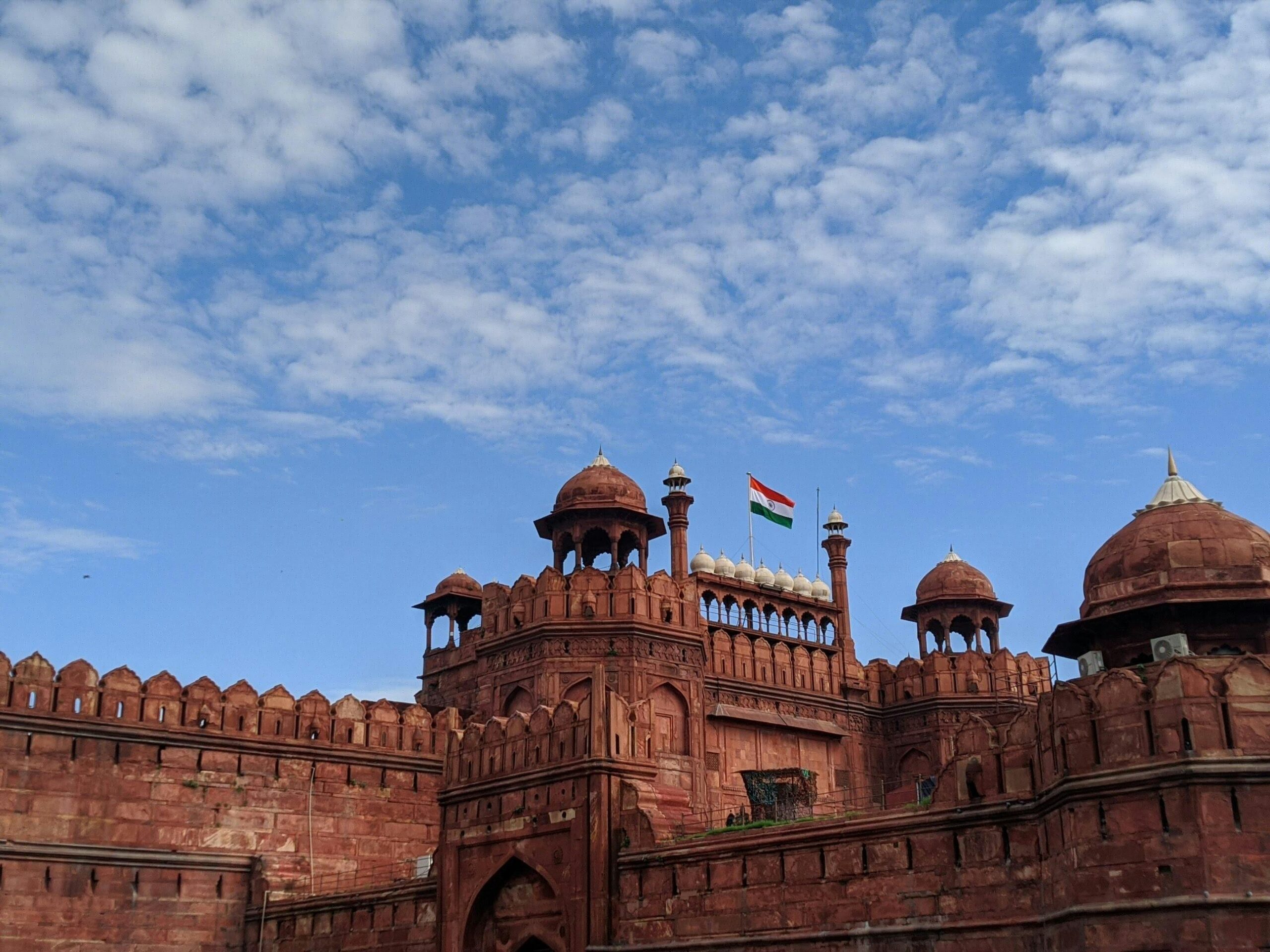
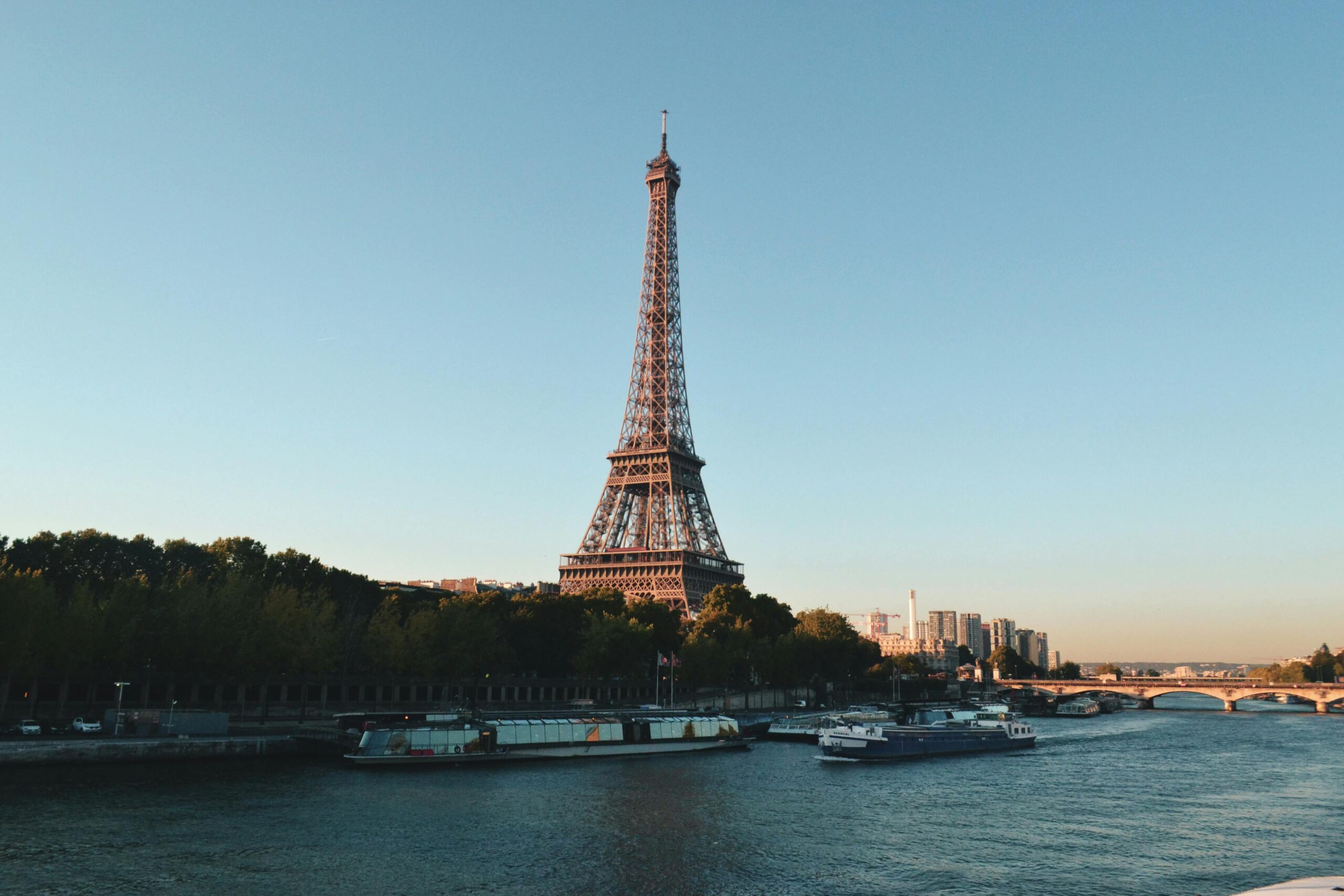
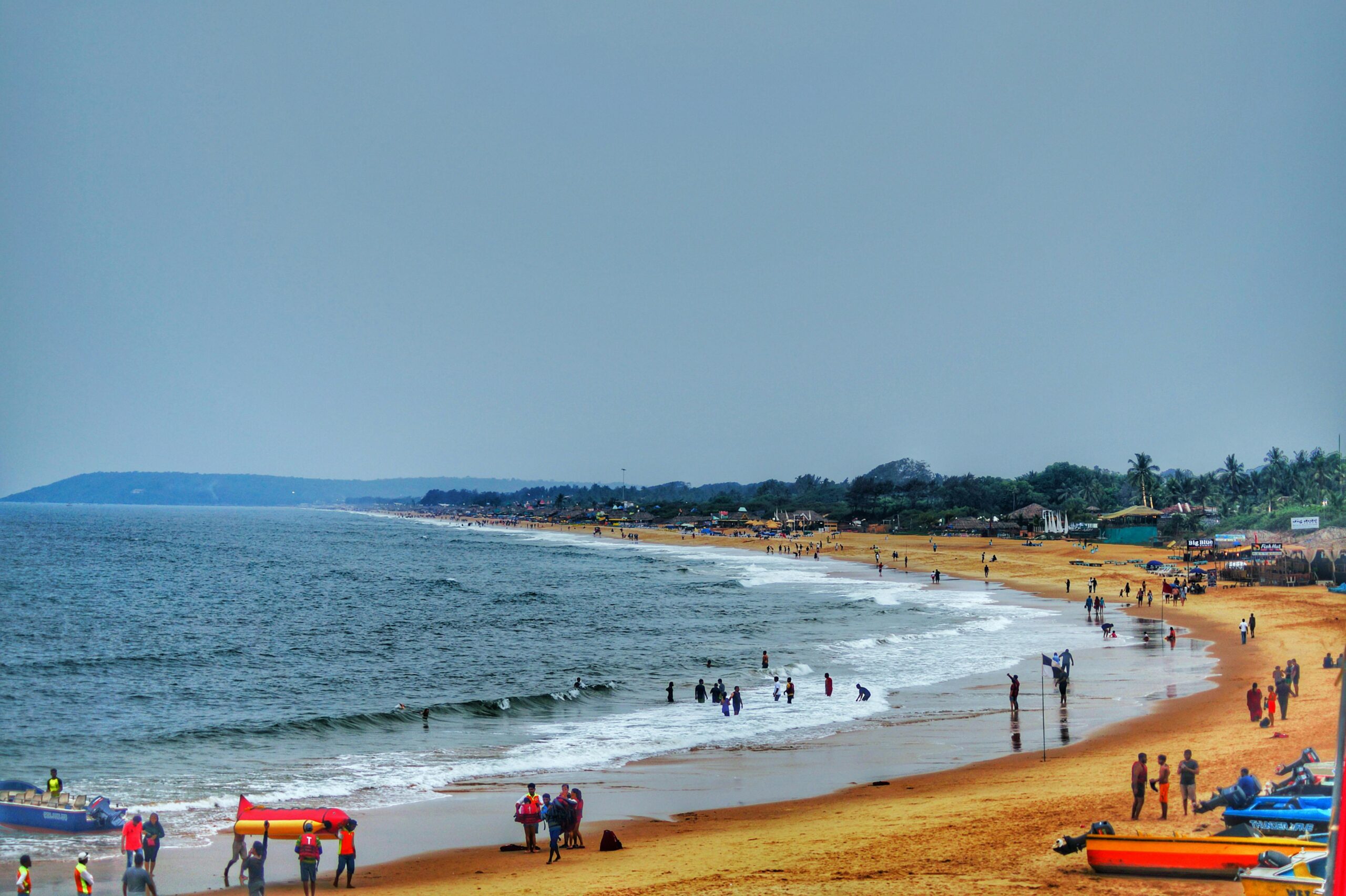
![[2025] 17 Best Things to Know About Bolivia’s Salt Flats (Ultimate Guide!)](https://arzehind.com/wp-content/uploads/2025/08/pexels-kevin-kleber-64080845-8313945-870x570.jpg)
![[2025] 9 Best Times to Visit Hawaii (Weather, Tips & Deals!)](https://arzehind.com/wp-content/uploads/2025/08/IMG_20250816_013201-870x570.jpg)
![[2025] 15 Stunning Things to Do in Ha Long Bay, Vietnam (Travel Picks!)](https://arzehind.com/wp-content/uploads/2025/08/IMG_20250814_014124-870x570.jpg)
![[2025] 17 Amazing Things to Do in NYC with Kids (Family Picks!)](https://arzehind.com/wp-content/uploads/2025/08/pexels-ianr-21854006-870x570.jpg)
![🌟 [2025] 21 Best Things to Do in NYC (Top Travel Picks!)](https://arzehind.com/wp-content/uploads/2025/08/pexels-arpan-parikh-78161269-8879044-870x570.jpg)
![[2025] 13 Best Things to Do in Times Square (Insider Picks!)](https://arzehind.com/wp-content/uploads/2025/08/1000018836-870x570.jpg)